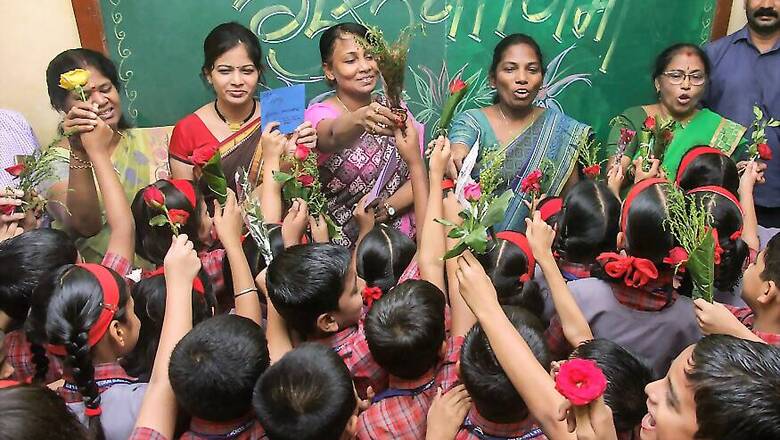
views
Celebrated to acknowledge the importance of teachers and the selfless imparting of wisdom and knowledge by them, Guru Purnima traces its roots back to the Vedic era. The word itself has its roots in Sanskrit language, were 'gu' means darkness and 'ru' is the removal of darkness.
Here are a few interesting facts about Guru Purnima
It is celebrated as a festival in Nepal, India and Bhutan by the Hindus, Jains and Buddhists.
According to the Hindu calendar, Guru Purnima generally falls on a full-moon day in the Hindu month of Ashadh (June to August).
The festival was revived by Mahatma Gandhi to tribute to his spiritual guru Shrimad Rajchandra.
In Buddhism, the day honours Lord Buddha who gave His first sermon on this day at Sarnath, Uttar Pradesh, India.
In the yogic tradition, the day is celebrated as the occasion when Shiva became the first or Adi Guru, as he began the transmission of yoga to the Saptarishis.
Many Hindus celebrate the day in honor of the great sage Vyasa, who is seen as one of the greatest Gurus in ancient Hindu traditions and a symbol of the Guru-shishya tradition. Vyasa was not only believed to have been born on this day, but also to have started writing the Brahma Sutras on ashadha sudha padyami, which ends on this day.
Acetics and wandering monks observe this day by offering puja to their Guru.
This was the day when Krishna-Dwaipayana Vyasa – author of the Mahabharata – was born to sage Parashara and a fisherman's daughter Satyavati; thus this day is also celebrated as Vyasa Purnima.
In Nepal, Treenok Guha Purnima is a big day in schools as it is teacher's day for Nepalese.
According to Jain traditions, it was on this day, Mahavira, the 24th Tirthankara, made Indrabhuti Gautam, later known as Gautam Swami, a Ganadhara, his first disciple.




















Comments
0 comment